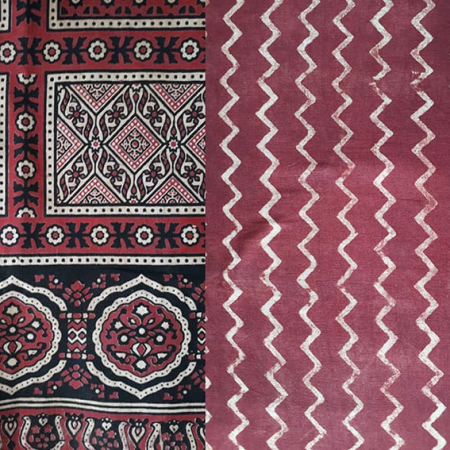Craft is the practice of creating objects by hand, often rooted in traditional techniques, cultural knowledge, and material exploration. It combines skill, creativity, and cultural memory to produce functional and decorative objects.
At The Karachi Collective, we focus on how South Asian craft connects past and present, blending age-old traditions with contemporary artistic practice. Craft is a living dialogue between maker, material, and community.
History of Craft in South Asia
Craft traditions in South Asia are among the world’s oldest, with a diverse range of practices including textile weaving, pottery, metalwork, wood carving, embroidery, and more.
Historically, craft was central to daily life and economy, often passed down through families or guilds. Colonialism and industrialisation disrupted some traditions, but many continue to thrive—now reinterpreted by contemporary makers exploring identity, sustainability, and innovation.
Craft Education and Transmission
Craft knowledge is traditionally transmitted through apprenticeship and community practice. Formal institutions are increasingly incorporating craft into their curricula, bridging tradition with new technologies and critical approaches.
Workshops, residencies, and community projects also play key roles in preserving and evolving craft knowledge in South Asia.
Crafting Materials and Techniques
South Asian crafts utilize a rich variety of natural and local materials, including:
-
Textiles: cotton, silk, wool, with techniques like block printing, tie-dye, embroidery.
-
Ceramics: earthenware, terracotta, glazing.
-
Wood and Metal: carving, inlay, repoussé.
-
Natural Dyes and Pigments: extracted from plants, minerals, and insects.
Techniques combine function and aesthetics, embedding stories, symbolism, and cultural values into each object.
Contemporary Practice
Today, many artists and designers blend craft traditions with contemporary concepts and interdisciplinary methods. This includes:
-
Reviving endangered crafts through sustainable practices.
-
Integrating craft with digital tools and design.
-
Using craft as a form of social and political expression.
-
Collaborative projects involving communities and cross-cultural exchange.
At The Karachi Collective, we celebrate this dynamic, evolving practice that respects heritage while pushing boundaries.
Craft and Cultural Identity
Craft plays a critical role in expressing and preserving cultural identity. It acts as a medium to explore history, memory, gender, and place.
In South Asia, craft reflects diverse languages, religions, and social structures—making it a powerful tool for storytelling and community resilience.
Types of Craft
Craft practices are varied and include:
-
Textile Craft: weaving, dyeing, embroidery
-
Ceramic Craft: pottery, sculpture
-
Woodcraft and Metalwork: carving, jewelry making
-
Paper and Basket Craft: handmade paper, weaving
-
Decorative Arts: calligraphy, mural painting
Frequently Asked Questions (FAQ)
What is craft?
Craft is the skillful creation of handmade objects using traditional techniques and materials. It often combines functionality with cultural expression.
How is craft important in South Asian culture?
Craft is central to South Asian heritage, reflecting local traditions, social identities, and community histories passed down through generations.
What are some common types of craft in South Asia?
Popular crafts include textile weaving and dyeing, pottery, wood and metal carving, embroidery, and handmade paper, each with unique regional styles.

